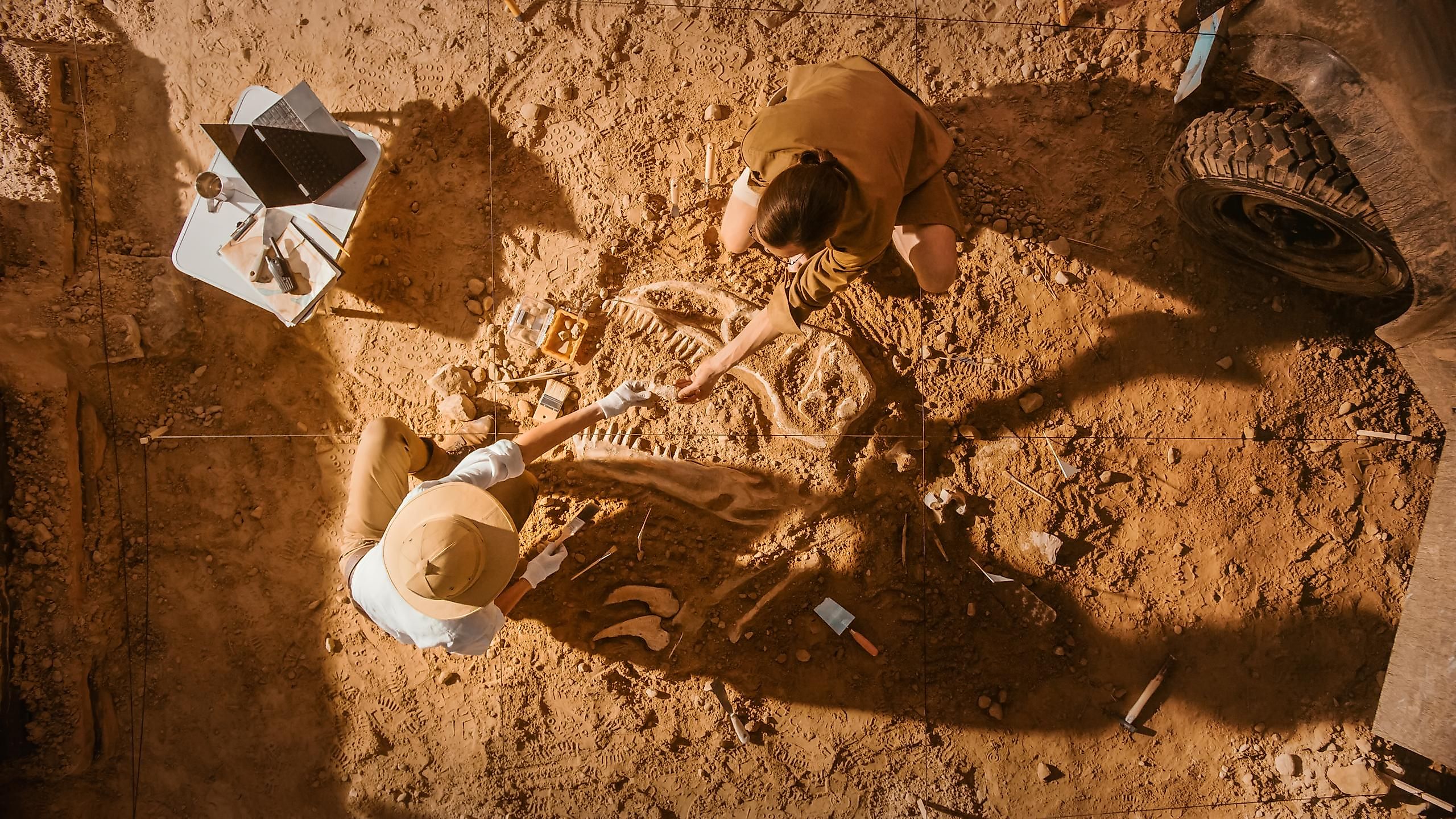
Recent Archaeological Discoveries That Changed History
Even though it might not feel like it, our understanding of history is constantly evolving. Things that were once preached as gospel have been consistently challenged and even overturned thanks to discoveries made by various historians and archeologists. There have been various examples of when a single archaeological dig has turned our previous perception of our entire understanding of history on its head. Not only does this prove how useful and exciting archaeology is, but how much truth is still out there to be found and uncovered by modern humans.
Vikings In Canada
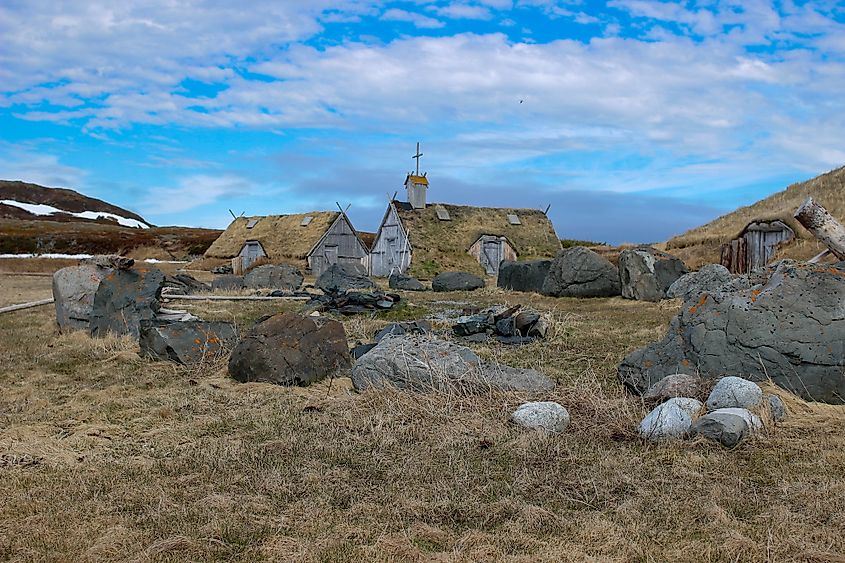
For centuries, it was thought that the first outsider to step foot in the Americas was Christopher Columbus during his monumental voyage in 1492. This information was a widely held belief for centuries until this notion was challenged by a Norwegian couple named Helge Ingstad and Anne Stine Ingstad. Both were professional archaeologists and were led to a buried village in Newfoundland and Labrador after they were tipped off by news of the nearby locals, who largely assumed it was the remains of an old First Nations settlement.
After months of careful excavation and years of research, the Ingstad's were certain that what they had unearthed was what remained of a Viking village built sometime in 1000 AD. The settlement was named L'Anse aux Meadows. It was known that the Vikings had settled and colonized both Iceland and Greenland, but the tales of further exploration were shrouded in myths that could not be previously substantiated.
The Vikings stayed briefly in Canada, only staying for around a year before they headed back to Greenland. It is thought that Viking ships could have explored as far south as New Brunswick or Maine. It is also unclear how or if the Vikings ever came into contact with the area's Indigenous peoples. While the Viking settlement of Newfoundland and Labrador did not have the same global impact as Columbus's voyage 492 years later, it did prove that Columbus was not the first European in the Americas, and it also further confirmed what we already knew about the Vikings as expert sailors and hardy adventurers.
Skilled Laborers At The Pyramids
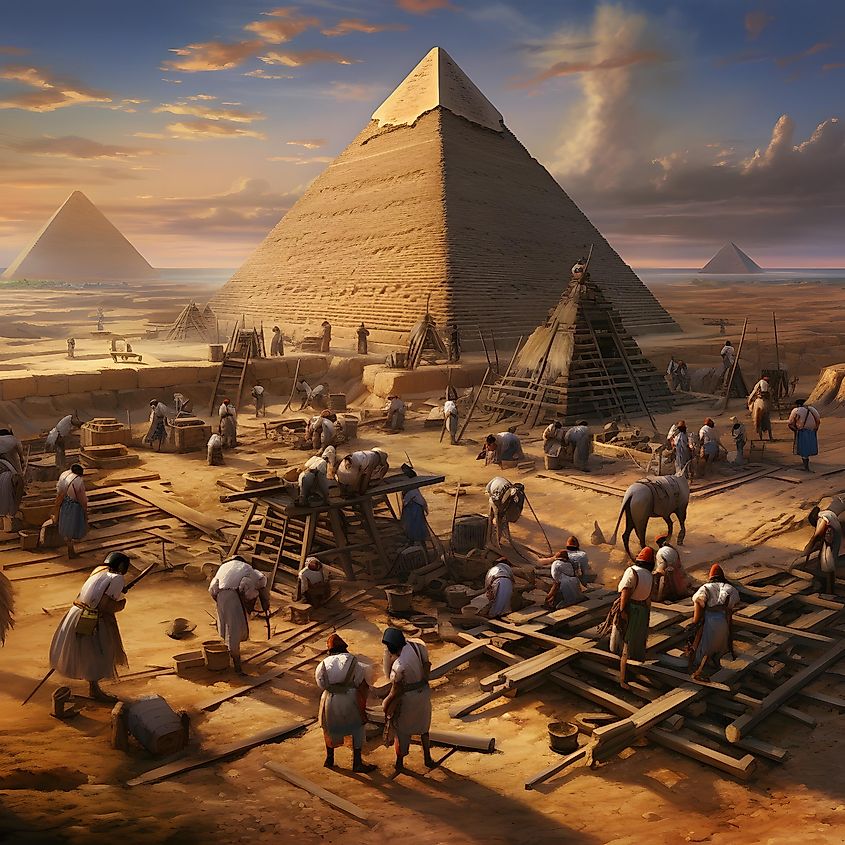
The Great Pyramids of Giza, an ancient wonder that has been the source of near-endless conspiracy theories and "hidden truths," was originally thought to be built by slave labor. Many experts concluded at the time that the only way a project of that magnitude could have been completed was by the ruthless exploitation of enslaved people.
This idea once thought to be indisputable, was totally shattered after the momentous discovery made in 2010 by Egyptologists. Dozens of graves were uncovered along with the remains of what appeared to be some kind of makeshift village or camp. The skeletons were buried with beer and bread for the afterlife, along with several valuables like rings and other trinkets.
The skeleton's graves were much too simple to signify that they belonged to any ruling class but were also far too elaborate to belong to an enslaved person. The misconception that slaves, particularly Jewish enslaved people, built the Pyramids comes from a mistake made by the Greek historian Herodotus. This misunderstanding has sunken itself so far into our cultural zeitgeist that even well-educated people still believe this myth today. If Jewish enslaved people ever did build anything, they most likely would have had a hand in constructing the city of Ramses mentioned in Exodus in the Bible.
After years of careful study and excavation, it has become more apparent that skilled labor was the main driving force behind the pyramids. These craftsmen would have likely worked in shifts lasting months at a time and then would have been replaced and given time to rest. These "shifts" would have been excruciatingly grueling and dangerous, something that would explain the graves.
Roman Incursions Into Arabia
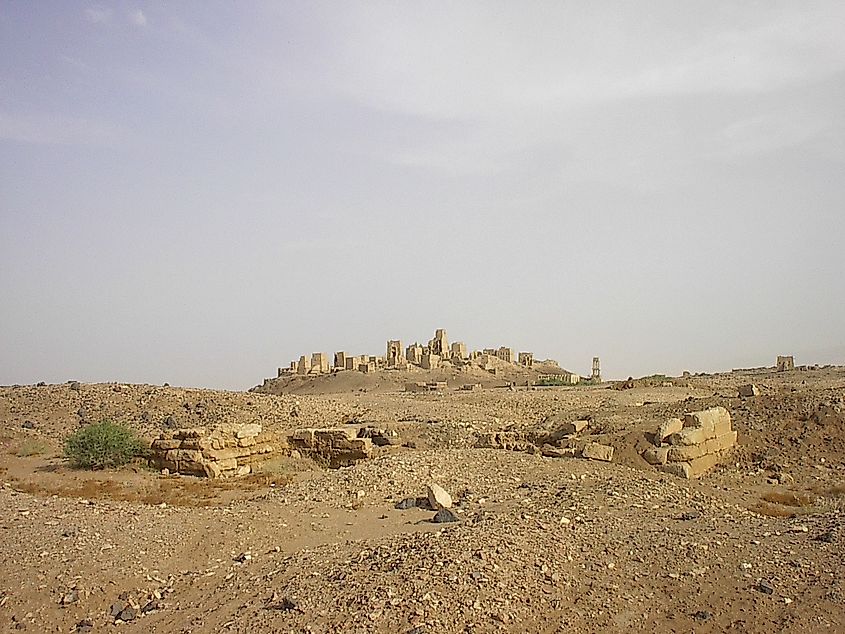
Rome did not get to its gargantuan size through diplomacy and shaking hands. The Roman Empire's borders stretched from Scotland to Iraq at its height in the early 2nd century and did so through ruthless and meticulous conquest of its neighbors. However, one area of the world that was thought to have been spared from facing down the might of the Roman war machine was the pagan tribes and kingdoms of Arabia. While the Romans did have plenty of contact with the Arab world through trading, it was never thought that the Romans ever attempted to conquer any of their lands.
Research at the Univerity of Oxford might have made a groundbreaking discovery that shows the Roman military was much more active in this part of the empire than previously thought. Three separate Roman camps were first found after looking along the border between Saudi Arabia and Jordan on Google Maps.
The unmistakable outlines of Roman military installations can be seen as clear as day. The position of the camps indicates that the Romans were using them as forward operating bases in a campaign against the kingdom of the Nabateans in the West. These bases could have been used in the war against the Nabateans for control over Petra, or they could have been part of an entirely different campaign to capture land even deeper into the Arabian Peninsula. Once these sites are properly excavated, we might gain a clearer understanding of what actually happened.
The World's First Zoo
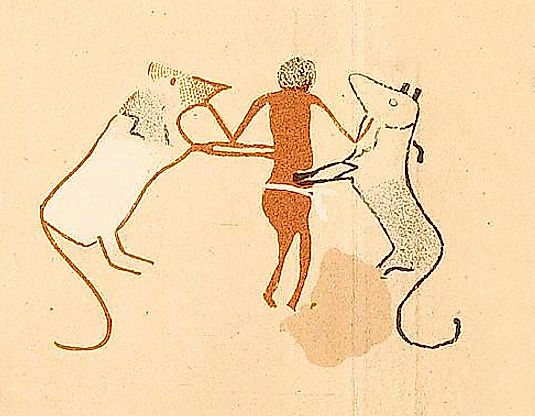
In 2009, a group of archaeologists uncovered what many are rightfully calling the world's first-ever zoo. Discovered within the ruins of the city of Hierakonpolis in Egypt were the remains of dozens of various animals, such as elephants, baboons, monkeys, lions, and hippos. What makes this find even more fascinating is that some of the animals were shown to have broken bones that were later healed. The kind of healing that was found on these animals could have only been achieved while the animals were in captivity, showing a great level of care and value for each animal.It is not clear how these animals managed to break their bones, but it is likely that this was done either while they were being captured in the wild or just happened naturally in the wild.
There is a good chance that the city's nobility saw the capture and ownership of one of these animals as an immense sign of wealth and affluence. There is no telling if other similar discoveries will be found in the coming years in other similar sites. Were these kinds of exotic animals common throughout Ancient Egypt, or was this something that was special to Hierakonpolis?
Advanced Tools In Prehistoric India
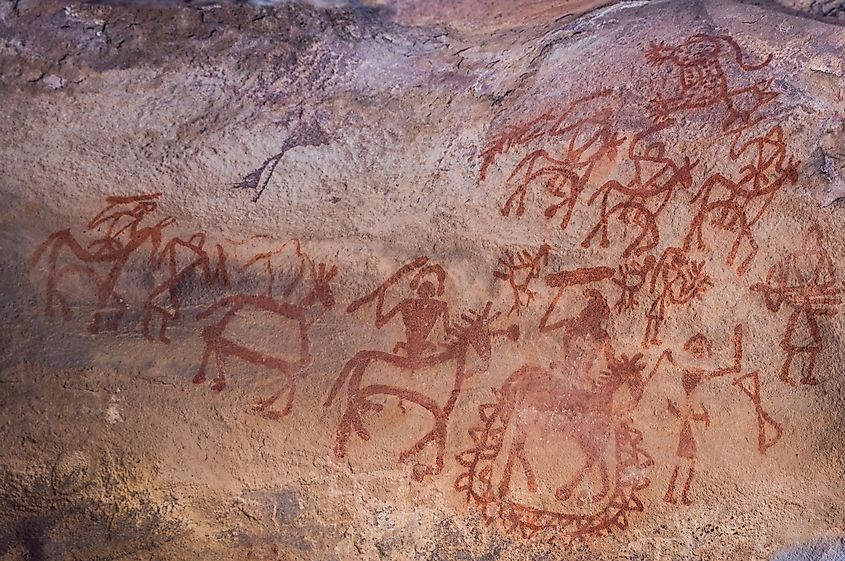
Most academics largely accept that modern humans descended from a group that left Africa nearly 60,000 years ago. However, various discoveries worldwide might prove this "out of Africa" theory to either be misunderstood or totally incorrect. In 2018, a series of advanced stone tools were found in India dated to be more than 350,000 years old. If humans made these tools, then it would push the supposed arrival of humans into the Indian Subcontinent back by thousands of years. Multiple possibilities could come out of this find. The first and most exciting is that modern humans might be much older than previously thought and that while we might have originated in Africa, we could have left much earlier.
Secondly, this could prove that there might have been another humanoid species that left Africa thousands of years before Homo sapiens, and these advanced apes were intelligent enough to build these tools. An almost endless amount of questions stem from this discovery, and many experts are patiently waiting to see what comes of it. There have been similar discoveries in Morocco and Israel that also suggest modern humans are much older than we think.
Oldest Buddhist Temple In Pakistan
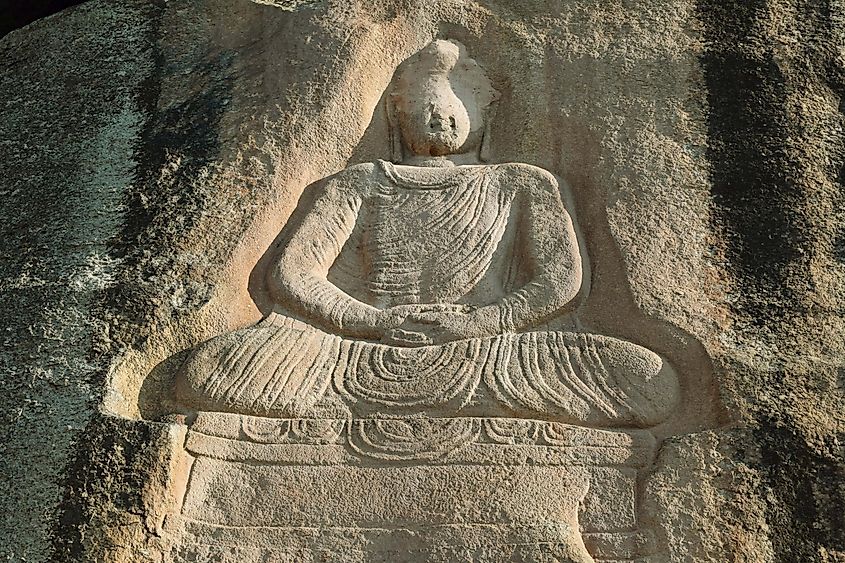
Just this year in Pakistan, the oldest Buddhist temple ever recorded was found in the region known as the Greater Gandhara. Even though Buddhism is usually associated with the cultures of East Asia rather than Pakistan, the Buddhist faith actually originated in what is today India and spread quickly in all directions. This temple is said to be dated at least to the early 2nd century BC, if not older. The temple was found on the site of the ancient city of Barikot. Barikot was known to be one of the most important centers for Buddhist teaching and philosophy for centuries.
While the religious significance of Barikot to the Buddhist faith was known to historians previously, it was still unknown how long the faith had existed in the region. This recent discovery places a firm date on when we can say Buddhism gained a meaningful foothold in what is now modern-day Pakistan.
Mesopotamian City Planning
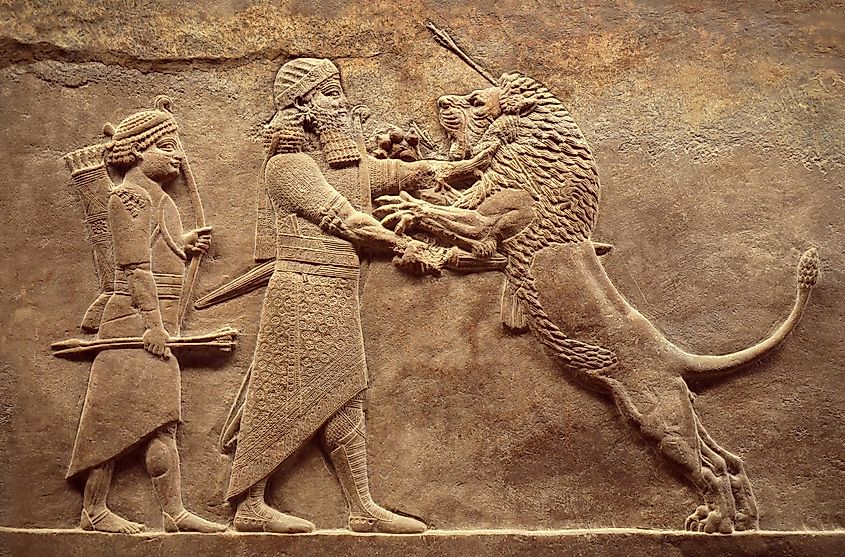
Nearly 6,000 years ago, the first cities were founded and settled in what is today modern-day Iraq. The people of this region, often called Mesopotamians and Sumerians, have rightfully been hailed as the world's first urbanites, but it has originally been thought that these early cities were incredibly primitive and poorly designed. Recent discoveries point in the opposite direction.
It was once thought that early Mesopotamian cities were densely packed settlements that tended to build outward from religious and political buildings called ziggurats. However, upon examination of the ancient Sumerian city of Lagash, it appears as though the Sumerians had a much more advanced grasp of city planning than originally believed.
According to archaeologists from the University of Pennsylvania, the Sumerians, at least in Lagash, used dividers such as walls and waterways to signify various parts and districts of the city. This discovery was made thanks to Lagash's somewhat unique history. The city was abandoned more than two millennia ago and, therefore, was never built on top of by modern humans. An issue that disrupts many would be archeological digs in other locations. Perhaps further exploration of the area will reveal more about how these ancient and mysterious people lived.
Every day, we learn more about our distant past, and the picture becomes clearer. Only time will tell whether newer findings will challenge our other firmly held beliefs. While some aspects of history are indisputable, the majority of human history is still very much unknown or could be changed drastically by a single find at a dig site.











